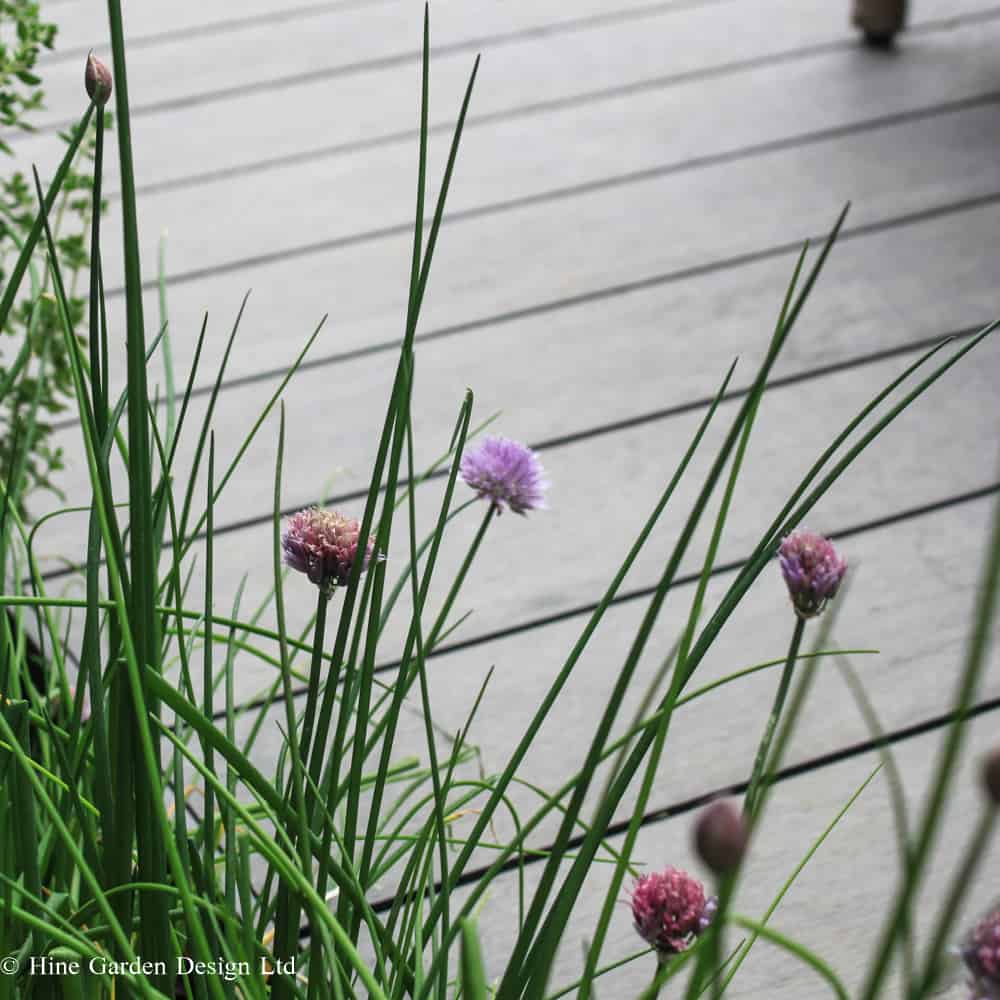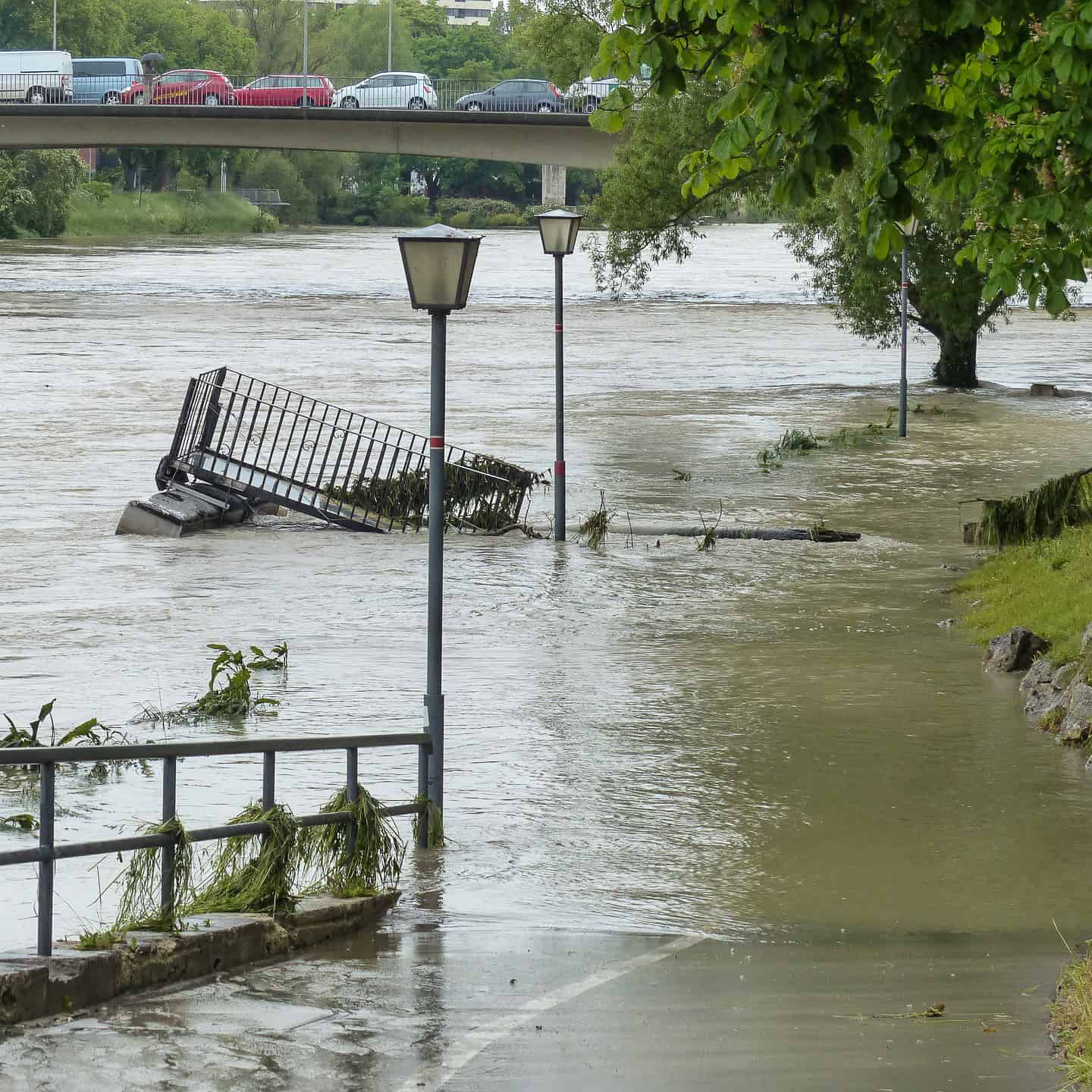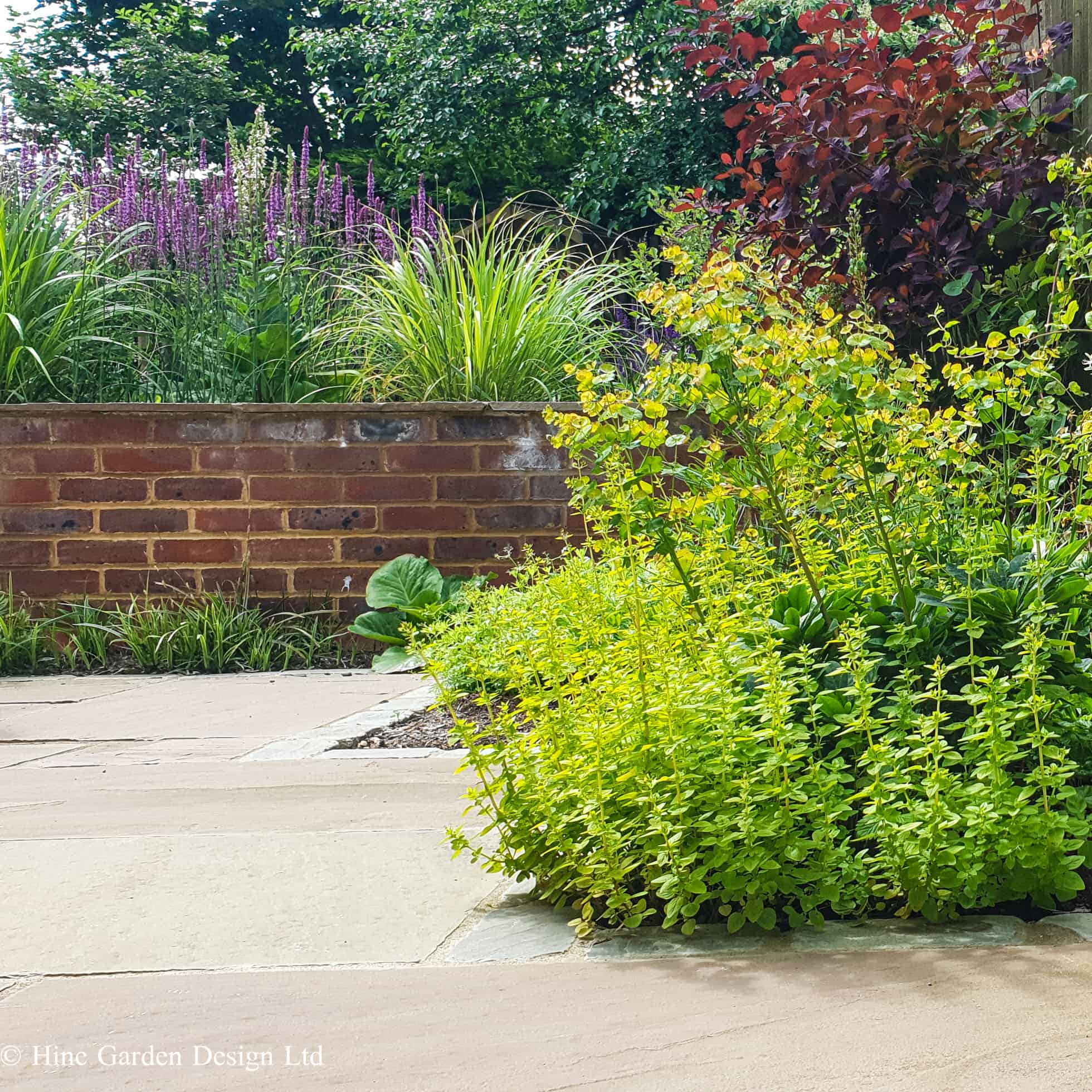Hard Vs Soft Landscaping
Comparing hard and soft landscaping when creating a garden or landscape design
Why increase the planting in your garden space...

Elegance in Garden Design
One of the ways in which one can create elegance and cohesion in a space, whilst also keeping an eye on the bottom-line, is to always increase the soft landscaping over the hard landscaping. Not only does soft landscaping tend to bring far more joy and ‘experience’ to a garden, but pragmatism in the face of significant financial investment, is always a suitable approach.
Lowering the hard landscaping element of your garden will also reduce it’s footprint, creating an elegant space that is good for you and more sustainable- it will be ‘better for the environment’.
What is Soft or Hard Landscaping?
Soft Landscaping is your areas of planting or lawn, and you may even go so far as to say a water features, depending on its style, could be soft landscaping. Perhaps, even, gravel.
Hard Landscaping are your patios, driveways, artificial grass, decking, paved or concreted paths and hardstanding for garden buildings or features such as greenhouses or hot tubs etc. .


Hard Landscaping
Hard Landscaping is, relatively speaking, expensive, when compared to your standard planting bed or lawn. It, often, does not absorb water, so the more you have, the more water run-off you have to plan for in the garden. – For example there are now restrictions on just how much in-permeable hard landscaping you can now have in your front garden.
In a garden it is the measure of how well water is, if at all, allowed to filter through a surface to the ground underneath. This has implications for water pollution (water may be forced to take another route- ie along the road and pick up pollutants), the water table (when the water table isn’t regularly replenished with rain water, the table lowers, increasing cracks in the soil that can effect foundations, and increases stress on planting particularily in drought) and ultimately flood risk (ground that does not regularly take up water cannot deal with a flash flood rain event, as well as soil that has- it tends to sheet over said soil and over burden the storm water solutions locally). In short increasing permeability is important. For more information look into ‘SUDS’ and local flood risk management plans.
Soft Landscaping
Soft Landscaping is, usually, more economical than hard landscaping, often requiring only soil preparation and planting/turfing. The materials for which come in cheaper than almost all hard landscaping, and take much less time to install. Soft landscaping also has a great deal of benefits for your garden and the wider landscape- more often that not it is aesthetically pleasing, good for soil and wildlife and, with regards to my earlier point- absorbs water.
Make those boarders wider and enjoy a bountiful planting display safe in the knowledge that they are doing good for you, your bank balance and the wider planet.

- Amber Hine
Landscape & Garden Designer, Hine Garden Design.There you have it! An introduction to landscaping types.
Looking for Garden Design Inspiration?
Take a glance at some of our Garden Design work by clicking the link below and perusing my project's page.

